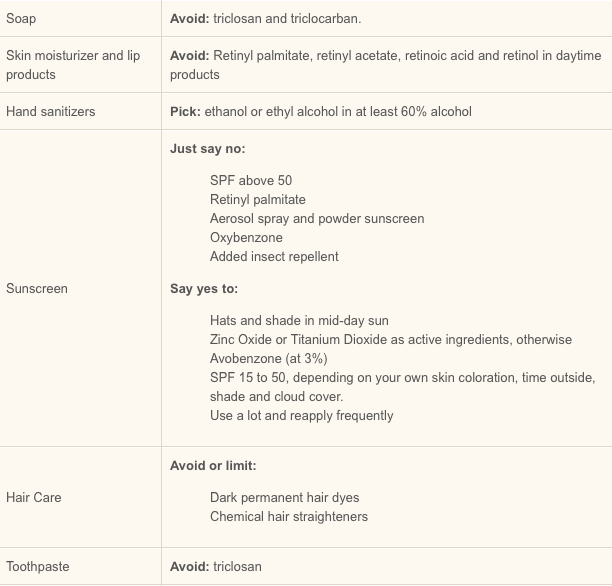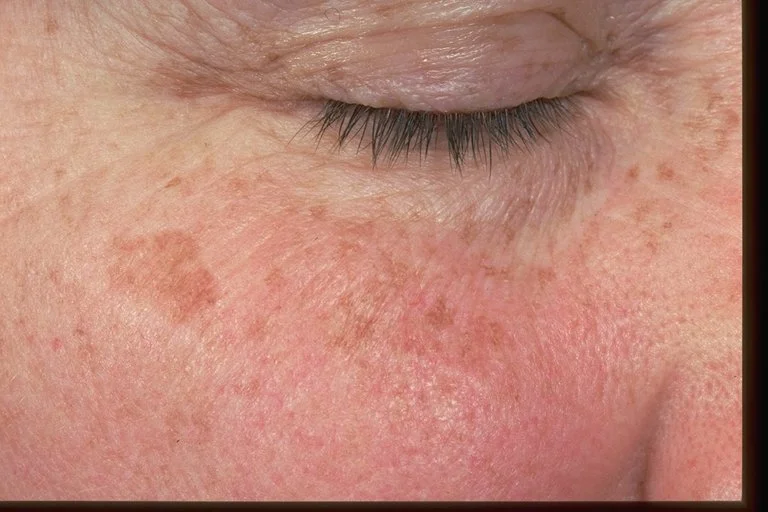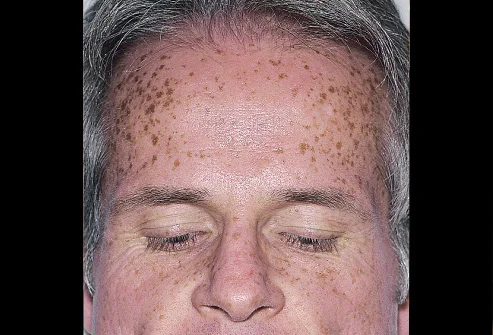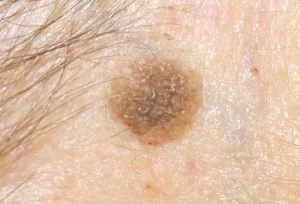Those of you who know Dr. Mike and me personally; know that we are very serious about trying to avoid harmful chemicals that are hidden in the food we eat, many beauty products and in our environment. There is a website that we highly recommend you visit, as our friends and patients. The website is skin-deep.com. Once familiar with this site, you can check any lotion, sunscreen, shampoo, conditioner, soap, etc. for its level of toxicity to your body. It is simple, non-biased (accepts no funding from outside groups) and is full of useful information.
In the hospital, one of the routes we use to give medication is direct absorption through intact skin. You may have seen this used with pain medication patches, sea sick patches, or nitroglycerin. It is amazing how quickly these medications work when placed on intact skin. It is not a great leap to extend this absorption to any product that comes in contact with your intact skin. It is very important to be aware of what chemicals are in your products. Especially your frequently used products like sunscreen, lotion, shampoo, deodorant and toothpaste.
Here is a graph of chemicals to avoid. We highly recommend that you check all of your products on the skin-deep site and see if there are any you may want to replace with a safer, less toxic product.
Some of our personal favorites are:
Organic food grade coconut oil for full body moisturizer
Dr. Bronners peppermint soap for body wash
Straight (unadulterated) Shea Butter, for facial moisturizer (I use from sophisticated soaps.com)





